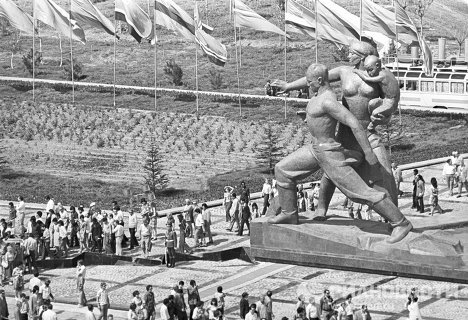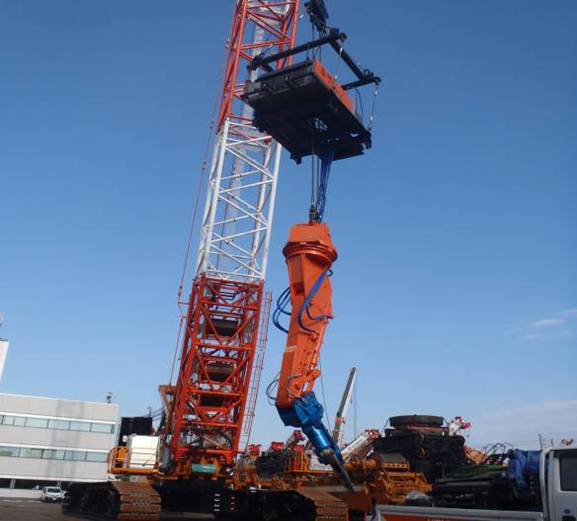Yes, combined cycle, but also the latest trends ...
http://www.gizmag.com/thermoelectric-ca ... mpg/10928/
And since it has to work at the coal face powder (same what they use today's power plants for combustion in boilers).
can seals with carbon, similar to the scrubbing of electric motors
http://hariramco.com/carbon-brushes.html
http://www.dpaonthenet.net/article/4712 ... ssors.aspx
Star engines were characterized biggest always force density


Below picture of the star half rotate around 10 (40) with "cylinders". for the transparency of the picture one can see only 3 additional "cylinders" more than is at the animated film.
One can also see dimensions of the whole of the engine in the assumption that every cylinder has such dimensions for the picture half rotate with the set connecting rod of the Sulzer D= engine of 900 mm and stroke 2500 mm .

So 10 (40) "cylindrical" engine half rotate about the same working capacity in comparing to the Sulzer 10 engine cylindrical on the picture below .
Sulzer: 10 Cylinders 20 m long , 15 m hight , 1500 Ton weight
Half rotate star : 10(40) "Cylinders" 4,5 m diameter , 4,5 m long
about 70 ton weight.

And most importantly.. Since in the engine half rotate mass innertia are several times Sulzer smaller than in the engine, engine half rotate can work with the much greater rotation speed.
Slzer : 102 RPM 60 000 KW
Half rotate 250 RPM 150 000 KW
In same intake work volume .
And now, the efficiency of the engine, due to the friction of the walls of the cylinder to rise about 5%. That is, it is the most efficient machine for the heat, whose efficiency exceeds 50% of the.
http://www.theoildrum.com/node/2249
Regards Andrew:









